|
Summer field work recently came to a close for the Washington Predator-Prey Project. For my research (see community dynamics), this entailed deploying camera traps across both study areas to photo-capture medium- to large-bodied carnivore and ungulate species. After completing this first field season of my PhD work, I’ve come to appreciate the charms camera trapping has to offer. 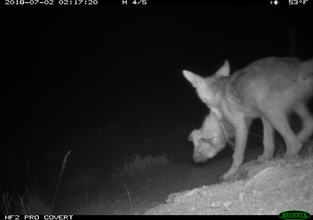 A coyote pup carrying a yellow-bellied marmot. A coyote pup carrying a yellow-bellied marmot. The obvious perk of camera trapping is the incredible images you end up with. Given that we have 120 cameras placed across the two study areas and will leave them out year-round for the next 2 years, we will have quite a collection for photos by the end of the study. Each photo-capture of an animal gives us a wealth of information including the location, date, and time at which the animal was observed, the habitat it was using, and possibly even its age, sex, the number of individuals in its group, or behavior at that moment. In addition, because any passing animal will trigger a camera trap, we will end up with information on a wide variety of species. This is a huge advantage of camera trapping because we can collect data on multiple species with minimal additional effort.
To top it all off, we get to explore some of the most incredible places eastern Washington has to offer as we travel to and from the camera traps. This technology allows us to collect detailed data over large areas while still getting us out in the field to enjoy and appreciate Washington’s diverse ecosystems. We’re thrilled with the data we’ve collected up to this point and look forward to what we will catch on camera in the years to come. -Sarah Bassing
1 Comment
|

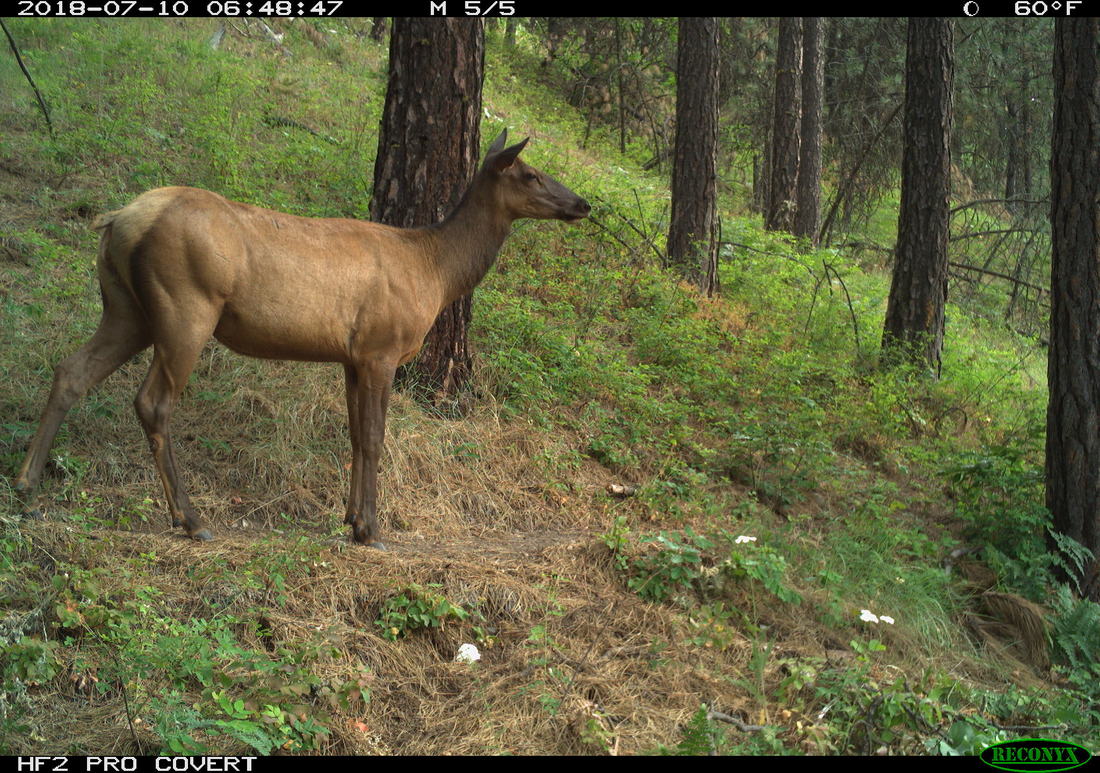
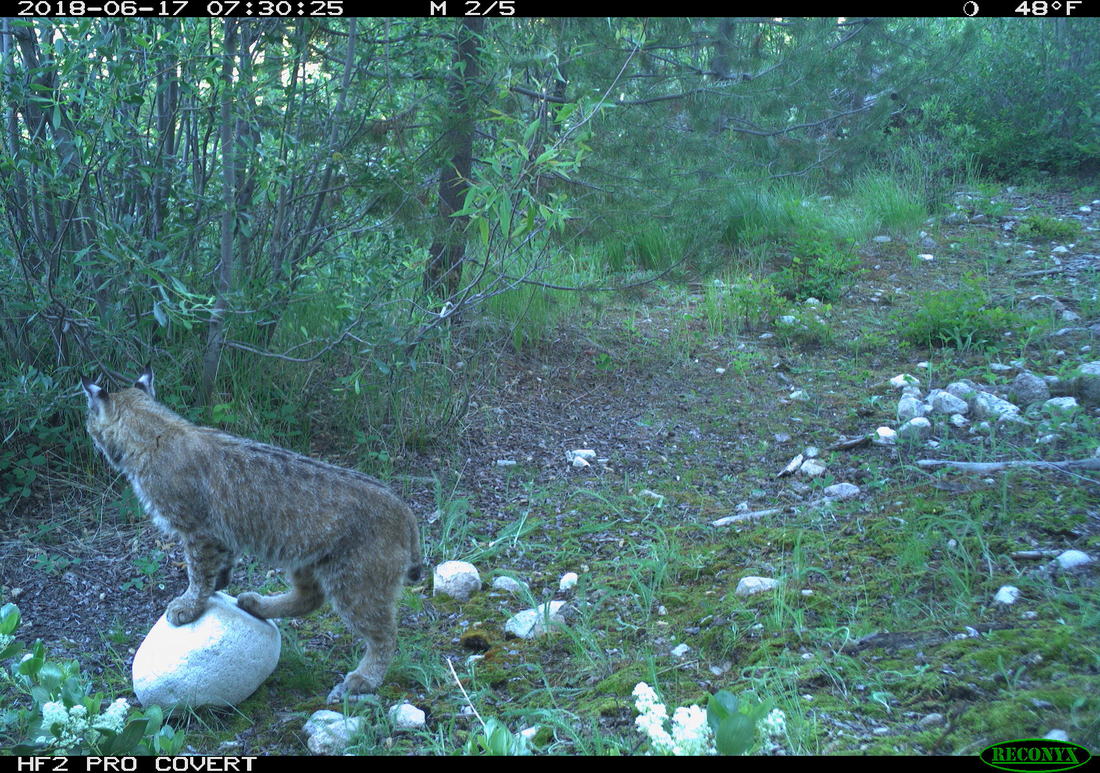
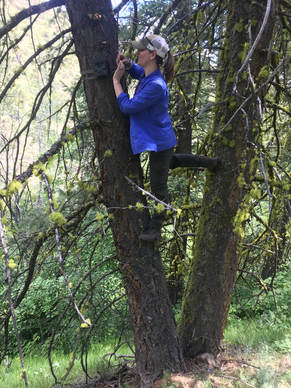
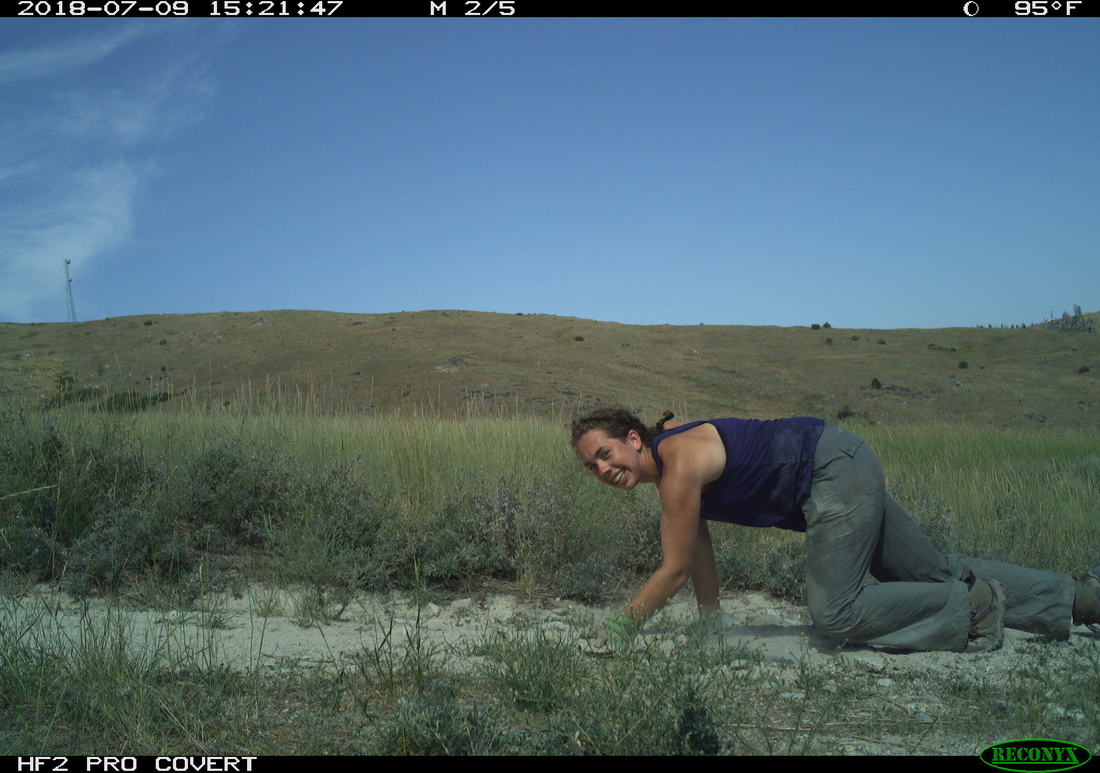
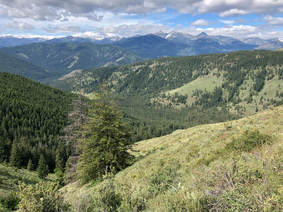
 RSS Feed
RSS Feed
